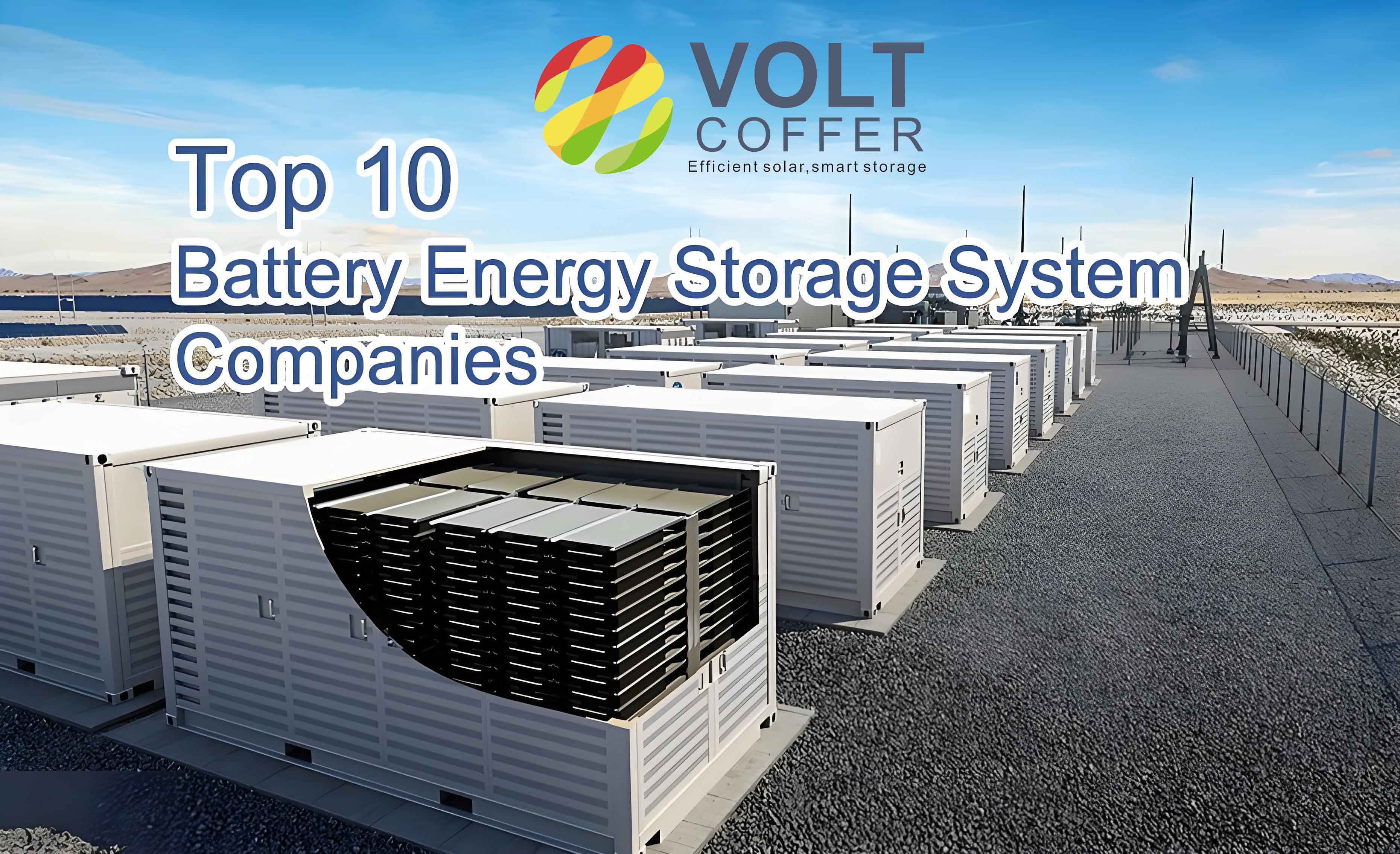Abstract
The rapid integration of renewable energy sources, such as wind and solar, into power grids has intensified challenges in maintaining frequency stability due to their inherent intermittency and volatility. Energy storage batteries, with their high precision, rapid response, and scalability, have emerged as a transformative solution for grid frequency regulation. This article explores the structural design, operational principles, and advanced control strategies of large-scale energy storage battery systems in secondary frequency regulation. Key innovations include dynamic power allocation between storage and conventional generators, state-of-charge (SOC) management, and hybrid control methodologies. A comprehensive analysis of global research advancements is provided, alongside future prospects for optimizing grid stability and renewable energy integration.

1. Introduction
The global transition to renewable energy systems demands robust solutions to address the growing instability in power grid frequency caused by fluctuating renewable generation. Traditional frequency regulation resources, such as thermal and hydroelectric plants, suffer from slow response times, limited adjustability, and insufficient capacity to counteract the rapid power imbalances introduced by solar and wind farms. In contrast, energy storage battery systems offer millisecond-level response speeds, high controllability, and modular scalability, making them indispensable for modern grid management.
Secondary frequency regulation, executed through Automatic Generation Control (AGC), requires continuous adjustments to active power output to maintain system frequency within narrow tolerances (e.g., 50 Hz or 60 Hz ±0.05%). Large-scale energy storage batteries excel in this role by dynamically absorbing or injecting power to offset transient mismatches between supply and demand. This article delves into the technical foundations, cutting-edge strategies, and economic-environmental benefits of deploying energy storage batteries for grid-scale frequency regulation.
2. Structural Design of Energy Storage Battery Systems
A grid-connected energy storage battery system comprises four core components:
- Battery System (BS): The energy reservoir, typically using lithium-ion, flow, or solid-state batteries.
- Battery Management System (BMS): Monitors cell voltage, temperature, and SOC to ensure safety and longevity.
- Power Conversion System (PCS): Facilitates bidirectional power flow between the battery and grid via DC/AC conversion.
- Frequency Regulation Controller: Generates real-time control signals based on grid frequency deviations and AGC commands.
Table 1: Key Components of an Energy Storage Battery System
| Component | Function | Technical Requirements |
|---|---|---|
| Battery System | Stores and releases energy | High energy density, cycle stability |
| BMS | Monitors battery health | Real-time data acquisition, fault detection |
| PCS | Converts DC to AC (and vice versa) | High efficiency (>95%), fast switching |
| Controller | Executes frequency regulation | Low-latency communication, adaptive algorithms |
Large-scale systems aggregate multiple battery units in parallel to achieve megawatt-level capacity. For instance, a 100 MW/400 MWh facility might integrate 200 modular units, each rated at 500 kW/2 MWh.
3. Fundamental Principles of Secondary Frequency Regulation
Secondary frequency regulation aims to eliminate steady-state frequency errors by adjusting generator or storage outputs. The active power exchange between an energy storage battery and the grid is governed by:{P=EsUsXsinδQ=EsUsXcosδ−Es2X{P=XEsUssinδQ=XEsUscosδ−XEs2
Where:
- PP: Active power (kW)
- QQ: Reactive power (kVAR)
- EsEs: Grid voltage (kV)
- UsUs: PCS output voltage (kV)
- XX: Line reactance (Ω)
- δδ: Phase angle difference
The PCS modulates UsUs and δδ to regulate power flow. During frequency deviations, the controller adjusts PP to counteract imbalances. For example, a 0.1 Hz drop triggers the energy storage battery to discharge, injecting power (P>0P>0) until frequency stabilizes.
4. Advanced Control Strategies
4.1 Dynamic Power Allocation
Conventional “static ratio” methods allocate AGC signals between storage and generators based on fixed capacity ratios. However, this ignores the dynamic SOC of energy storage batteries. Modern strategies prioritize real-time SOC and response capabilities:Pstorage=CavailableCstorage+Cgenerator⋅PAGCPstorage=Cstorage+CgeneratorCavailable⋅PAGC
Where CavailableCavailable is the battery’s available capacity, updated every control cycle (e.g., 2–4 seconds).
Table 2: Comparison of Frequency Regulation Strategies
| Strategy | Advantages | Limitations |
|---|---|---|
| Static Ratio | Simple implementation | Ignores SOC dynamics |
| Dynamic Allocation | Optimizes resource utilization | Requires high-speed communication |
| Frequency Decomposition | Exploits storage’s fast response | Complex signal processing |
| Fuzzy Logic Control | Handles nonlinearities | Tuning-intensive |
4.2 SOC Management
Prolonged frequency regulation can deplete or overcharge batteries, degrading performance. Adaptive SOC management balances regulation efficacy with battery health:SOCtarget=SOCinitial−α⋅∫(Pgrid−Preference) dtSOCtarget=SOCinitial−α⋅∫(Pgrid−Preference)dt
Where αα is a decay factor adjusted via machine learning to account for aging and temperature effects.
4.3 Hybrid Control Systems
Combining fuzzy logic, PID, and model predictive control (MPC) enhances robustness. For example, fuzzy logic adjusts PID gains in real-time to mitigate oscillations during rapid load changes.
5. Global Research Progress
Recent advancements focus on:
- Coordination with Renewable Sources: Energy storage batteries smooth wind/solar fluctuations, enabling higher renewable penetration.
- Market Mechanisms: Monetizing frequency regulation services through ancillary service markets.
- AI-Driven Optimization: Reinforcement learning algorithms predict grid imbalances and preemptively adjust storage output.
Table 3: Key Innovations in Energy Storage Battery Research
| Innovation | Description | Impact |
|---|---|---|
| SOC-Adaptive Control | Dynamically adjusts出力 based on battery state | Extends lifespan by 15–20% |
| Distributed Control | Decentralized optimization across multiple storage units | Reduces communication latency by 30% |
| Hybrid AC/DC Grids | Integrates storage with HVDC lines | Improves regional grid stability |
6. Future Directions
- Scalability: Developing modular, plug-and-play energy storage battery systems for seamless capacity expansion.
- Cost Reduction: Advancing solid-state and flow battery technologies to achieve <$100/kWh.
- Grid-Battery Digital Twins: Simulating real-time interactions to optimize regulation strategies.
- Policy Support: Establishing tariffs and incentives to accelerate deployment.
7. Conclusion
Energy storage battery systems are pivotal to achieving frequency stability in renewable-dominated grids. Through innovative control strategies, SOC management, and scalable architectures, these systems will underpin the transition to resilient, low-carbon power networks. Continued research and investment are critical to unlocking their full potential in global energy systems.
